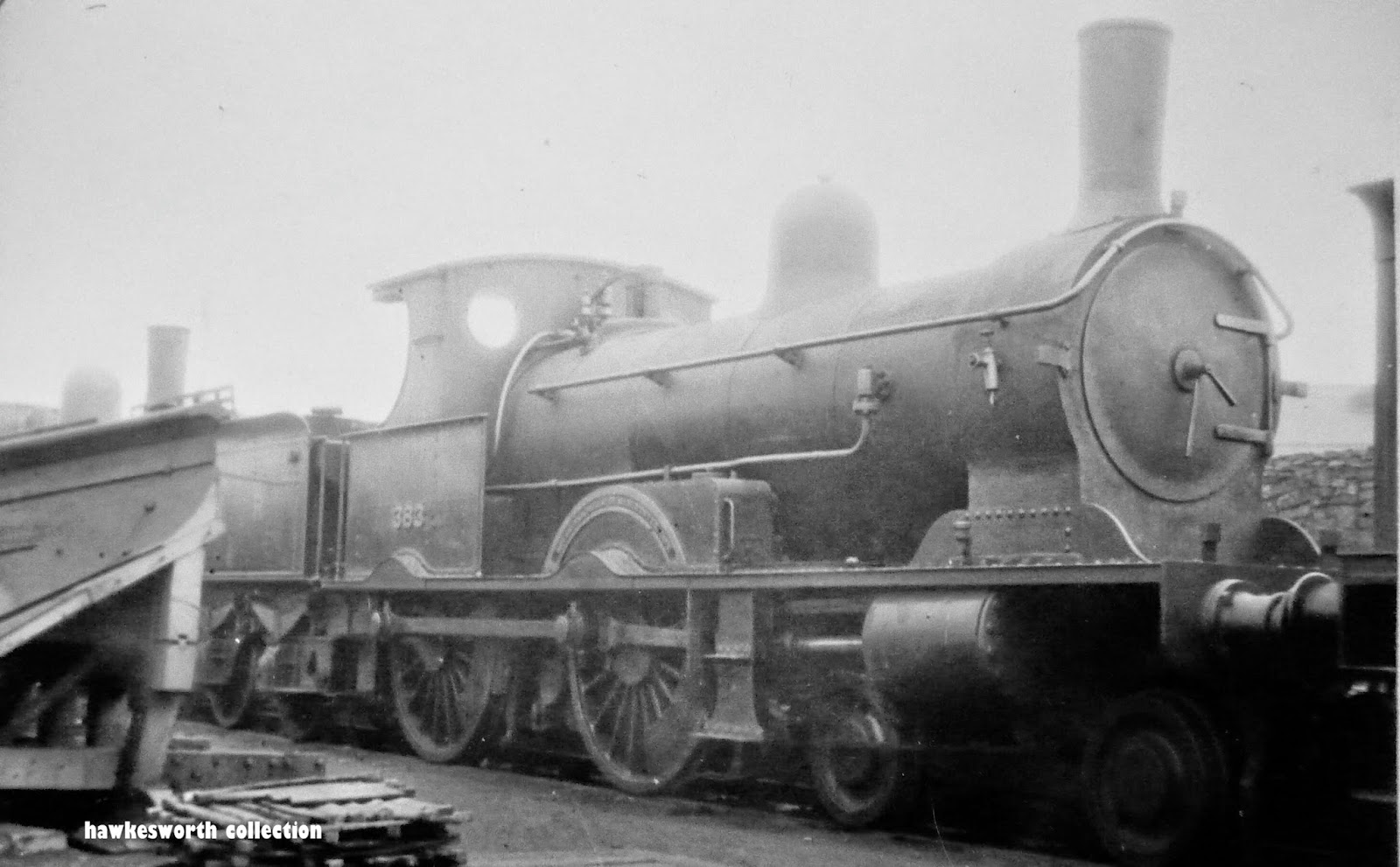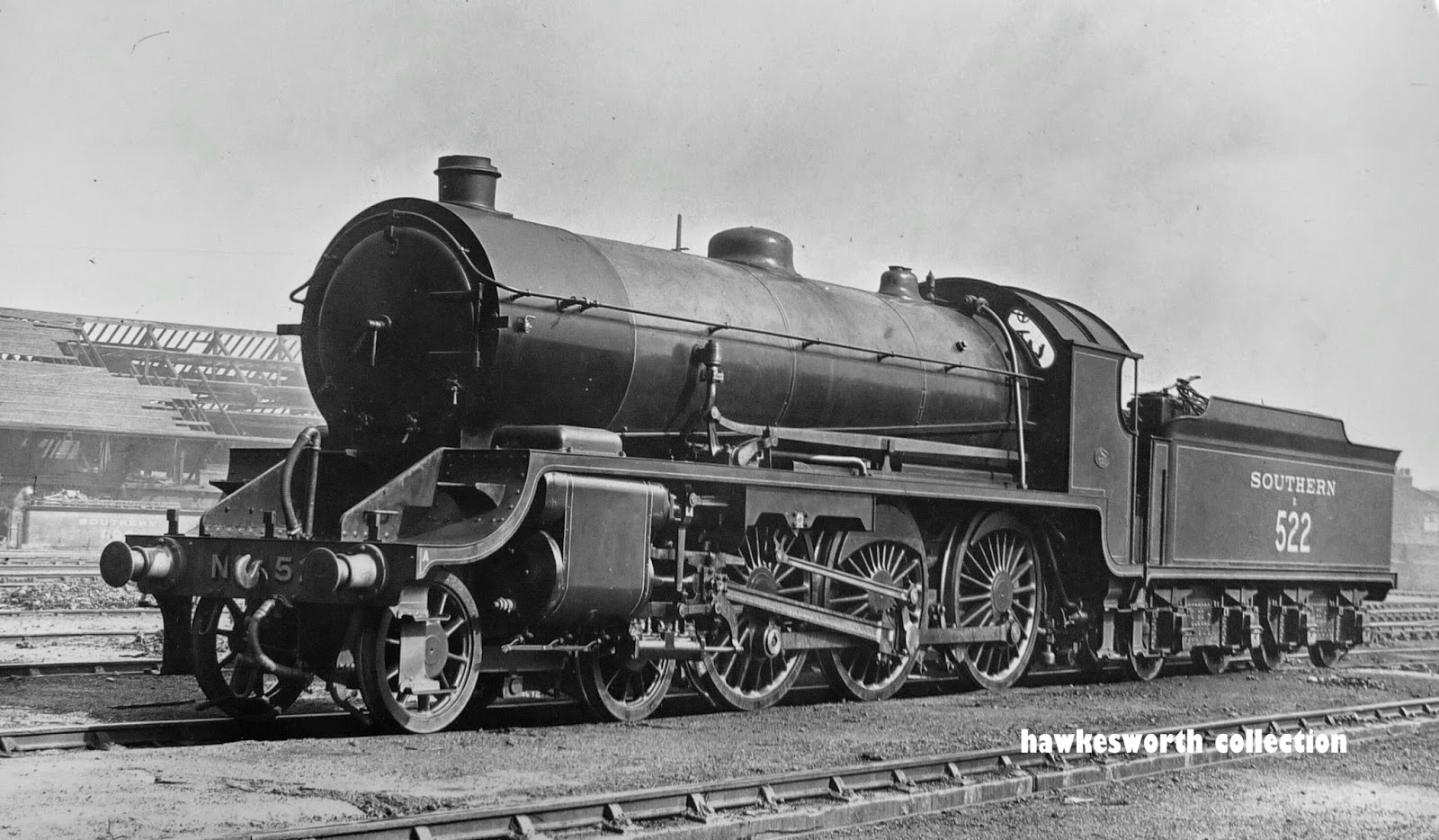227. LSWR 737, Class C14 light shunter, built 1907, sold to the Admiralty. (Locomotive Publishing Co). Martin Long suggests S14 - will check.
228. 0-4-4 211 with some mysterious gismos (air brakes). Built 1882, Class 02, became W20 Shanklin.
230. (L)SWR 693 0-6-0 Drummond 700 class, at Nine Elms.
231. LSWR 735, a LB&SCR Stroudley A1 0-6-0T, No. 68 (668) Clapham (built Brighton 1874)sold to LSWR to become 735, here just repainted in 1903. Note the feedwater heater. Worked at Lyme Regis. (F Moore Railway Photographs)
232. LSWR 101. I think this was the original K14 small dock tank built 1907 before it was given a larger boiler to become the B4 of the same number, named Dinan in 1908. (F Moore Railway Photographs). Martin Long says S14 - will check.
233. The same class but now as a B4 with a larger boiler and consequent rebuilding. It now looks precarious on its 0-4-0 wheelbase. Granville is number 102, built 1893.Now preserved at Bressingham, near Diss, Norfolk.









































































